"A resolution was presented to the Municipal League last month supporting an OUTSTANDING NATIONAL RESOURCE WATERS (ONRW) designation for ALL waters that flow through U.S. Forest Service inventoried roadless and wilderness area boundaries.
This is a TERRIBLE thing. The ONRW designation disallows ANY degradation of current water quality… ANY use can cause degradation.
It goes without saying that EVERYONE wants healthy watersheds that produce high quality and high quantity water. However, an ONRW designation could seriously impact the ability to manage watersheds. A huge problem with watersheds right now is the lack of management that has created overgrown forests that are prone to catastrophic fires. After the fires water quality is devastated by the runoff from denuded lands."
ORF will send you a copy of the resolution. Just leave a message in Comments. Are you starting to get the picture on RS 2477 Roads (Travel Management Plans) in the Lincoln and all National Forests? The mosaic is taking shape right in front of our eyes.
National Guidance
Water Quality Standards for Wetlands
5.3 Protection of Outstanding Wetlands
Outstanding national resource waters (ONRW) designations offer special protection (i.e., no degradation) for designated waters, including wetlands. These are areas of exceptional water quality or recreational/ecological significance. State antidegradation policies should provide special protection to wetlands designated as outstanding national resource waters in the same manner as other surface waters; see Section 131.12(a)(3) of the WQS regulation and EPA guidance (Water Quality Standards Handbook (USEPA 1983b), and Questions and Answers on: Antidegradation (USEPA 1985a)). Activities that might trigger a State analysis of a wetland for possible designation as an ONRW are no different for wetlands than for other waters.
The following list provides general information on wetlands which are likely candidates for protection as ONRWs. It also may be used to identify specific wetlands for use designation under the State's wetland classification system; see Section 4.0. Some of these information sources are discussed in greater detail in EPA's guidance entitled Wetlands and Section 401 Certification: Opportunities and Guidelines for States and Eligible Indian Tribes (USEPA 1989f); see Section 6.1.
o Parks, wildlife management areas, refuges, wild and scenic rivers, and estuarine sanctuaries;
o Wetlands adjacent to ONRWs or other high quality waters (e.g., lakes, estuaries shellfish beds, etc.);
o Priority wetlands identified under the Emergency Wetlands Resources Act of 1986 through Statewide Outdoor Recreation Plans (SORP) and Wetland Priority Conservation Plans;
o Sites within joint venture project areas under the North American Waterfowl Management Plan;
o Sites under the Ramsar (Iran) Treaty on Wetlands of International Importance;
o Biosphere reserve sites identified as part of the "Man and the Biosphere" Program sponsored by the United Nations;
o Natural heritage areas and other similar designations established by the State or private organizations (e.g., Nature Conservancy);
o Priority wetlands identified as part of comprehensive planning efforts conducted at the local, State, Regional or Federal levels of government; e.g., Advance Identification (ADID) program under Section 404 and Special Area Management Plans (SAMPs) under the 1980 Coastal Zone Management Act.
The Wetland Evaluation Technique; Volume II: Methodology (Adamus et al. 1987) provides additional guidance on the identification of wetlands with high ecological and social value; see Section 3.2.
Posts and Comments from Readers
Please include yourself in the discussion. Post a comment.
Saturday, July 12, 2008
Heads Up Alamogordo City Commissioners: Stealth Move by U.N. to Control Water Using EPA, Forest Service, Nature Conservancy et al.
Subscribe to:
Post Comments (Atom)




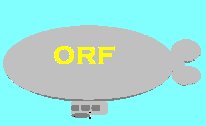




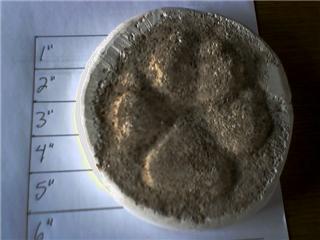


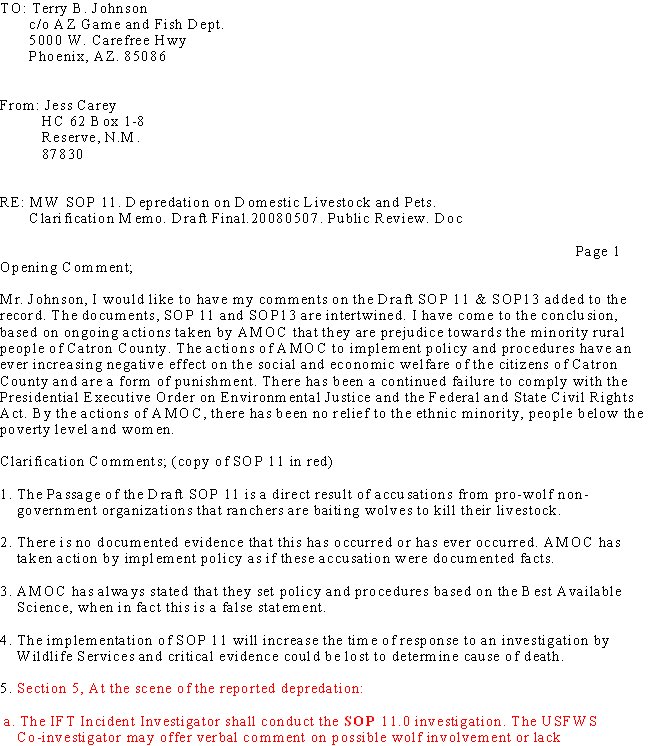
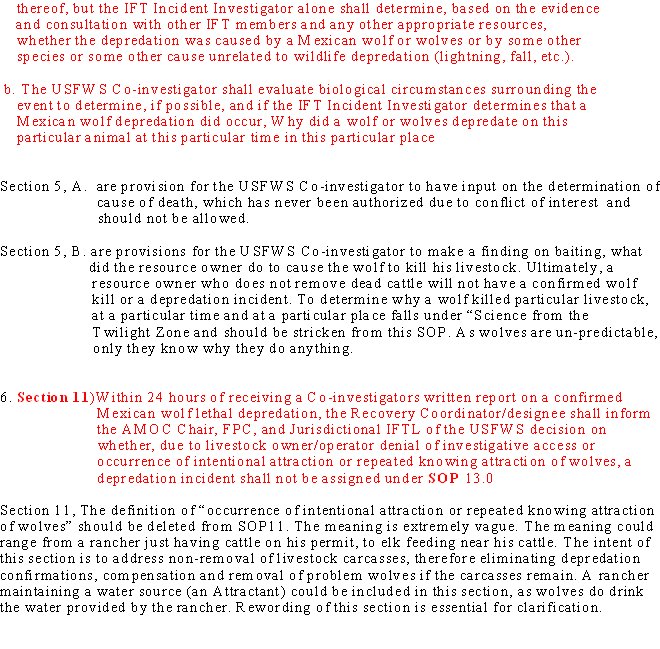
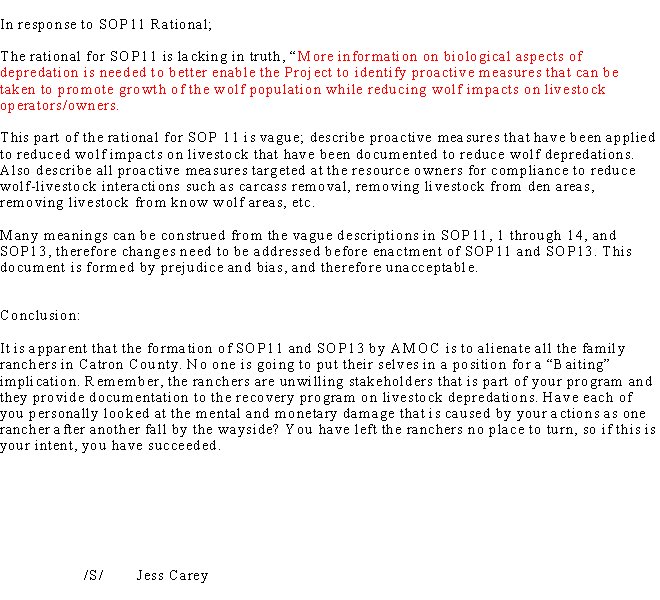




.jpg)


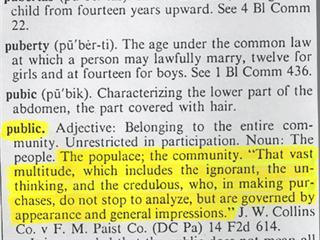















No comments:
Post a Comment